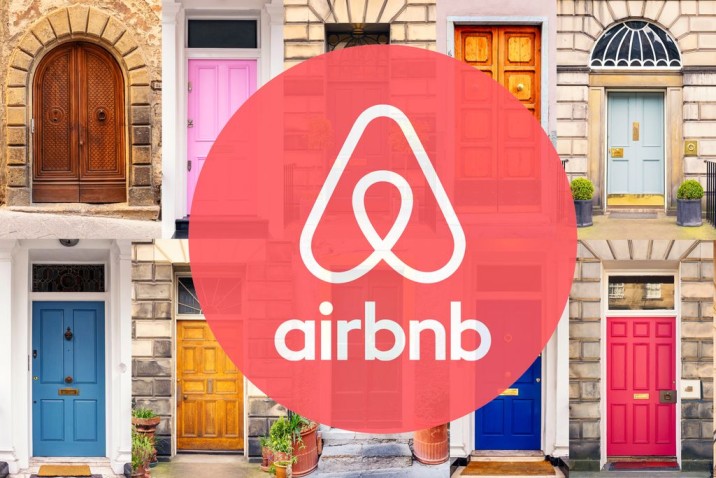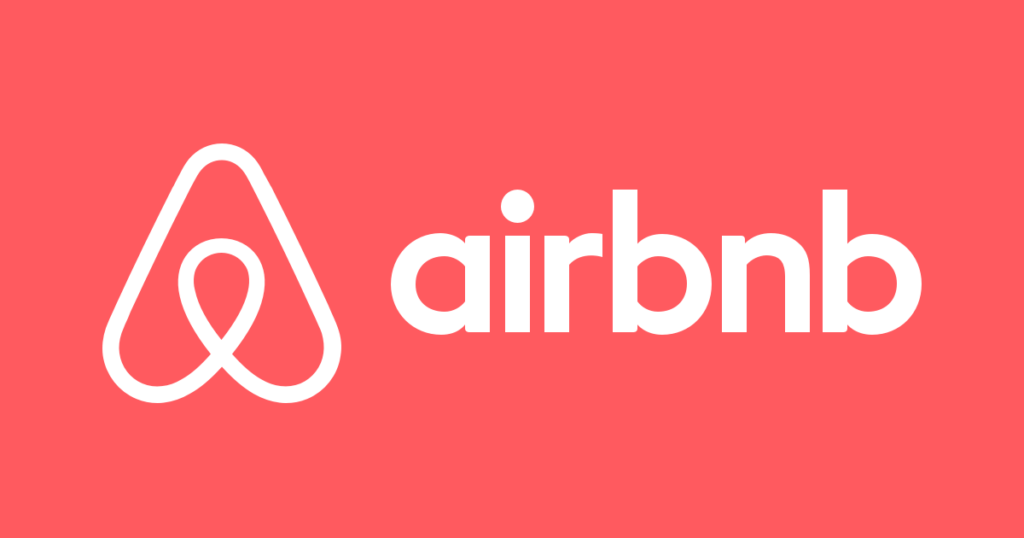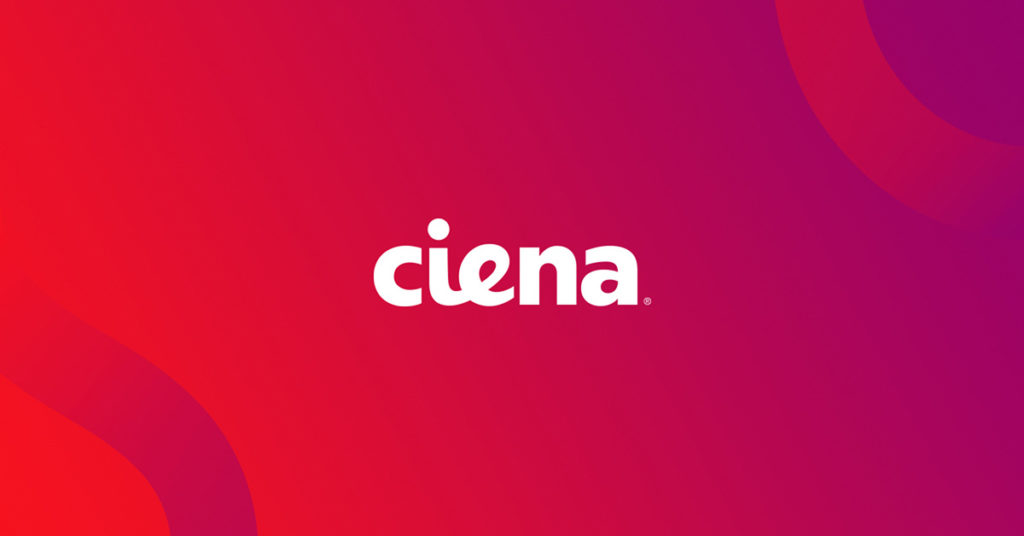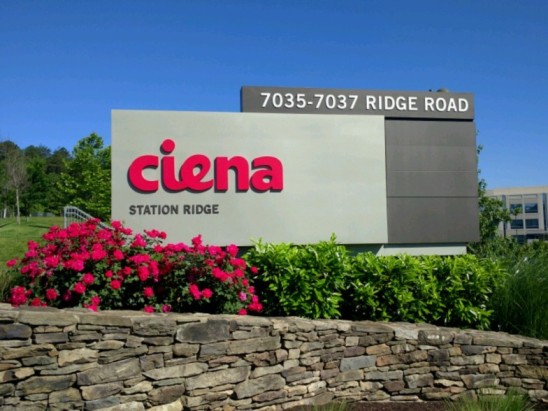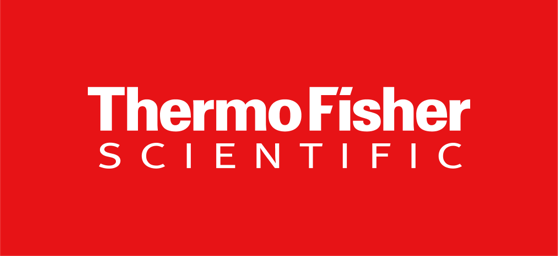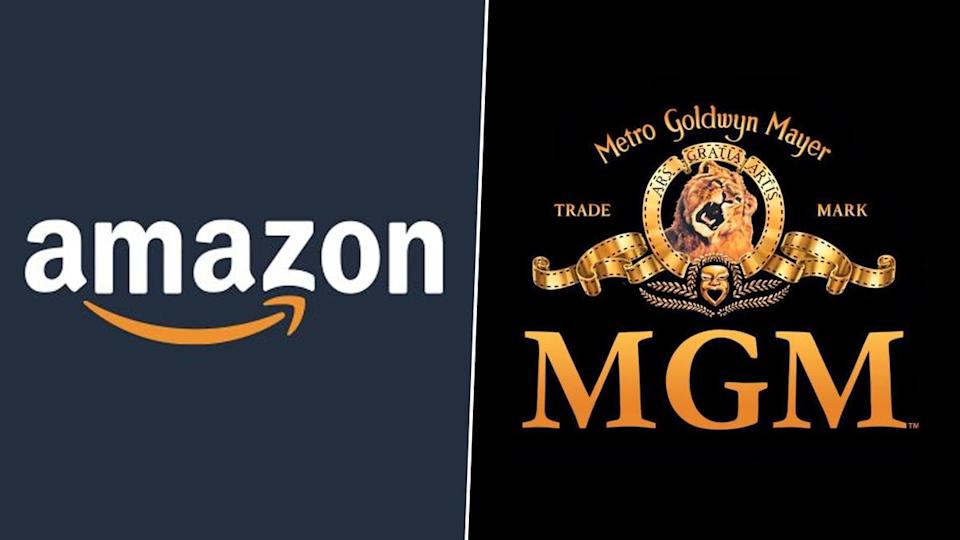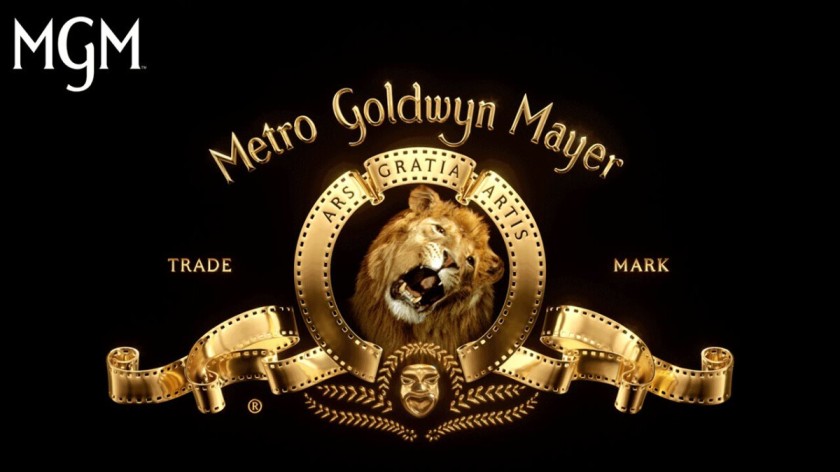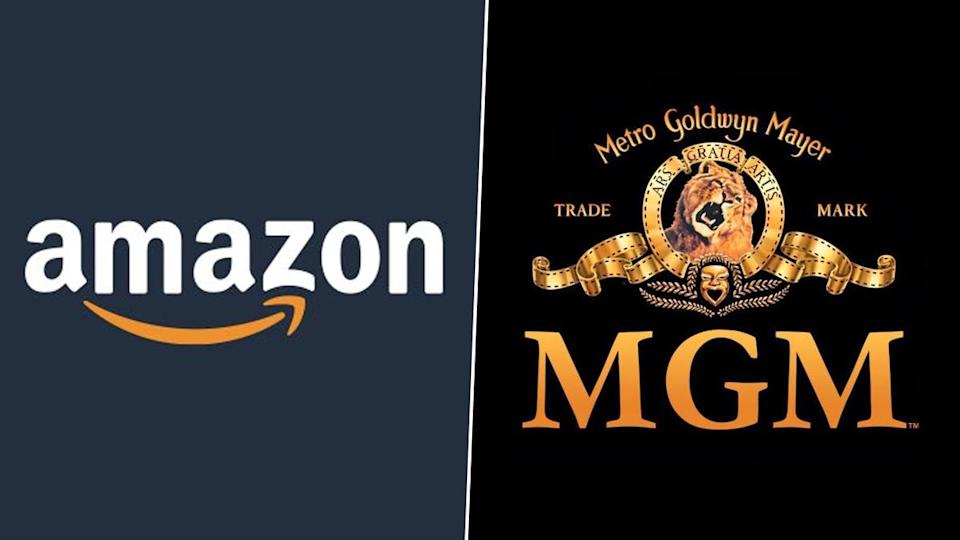Google Launches Pixel Buds A-Series; Much Cheaper than the Previous Ones.
Going wireless is the current passion for every other technology company today. Starting from mobile phones to gaming consoles and earphones, everything has gone wireless. The earphone industry has taken off quite rapidly in the past few years, as from JBL to Apple, you get a variety of hands-free earphones and headphones at a different price range. Google, too, has its series of truly wireless earphones, i.e., Pixel Buds, and now, it has brought another series of the same i.e. Pixel Buds A-Series.
Google has launched a new pair of Pixel Buds under the series name Pixel Buds A-Series, having a similar design to Google’s original Pixel Buds, but at a much cheaper price. Though there have already been many speculations about these Pixel Buds through some leaks, the company has revealed much more than that today, through its official launch announcement.
Pixel Buds A-Series Features
Though the Pixel Buds A-Series has been priced at a lower price, i.e., $99, the company hasn’t compromised on the quality of the product. The earbuds come with 12mm dynamic drivers, and the user can still control it through the hands-free “Hey Google” voice commands. Though the Pixel buds do not possess the noise cancellation feature, the quality is still as good as the original pixel buds.
The earbuds come with the Bass Boost feature (providing a powerful bass), captivated touch sensors (to make calls, pause-play music), a motion-detecting accelerometer, beamforming mics, as well as a single IR proximity sensor (to detect if the buds are fitted in the ears properly or not). Also, the new Pixel Buds possess the adaptive sound feature, such that it balances the volume according to the surrounding. Like the standard Pixel buds, it is also rated IPX4 for water and sweat resistance and also supports Bluetooth 5.0 for connectivity.

Talking about the usage, Google has claimed that the Pixel Buds come with a battery life of five hours and 24 hours counting recharges in the case. The buds also provide three hours of listening time on a mere 15-minutes quick charging. The charging case of the buds comes with USB Type-C charging and also features the hall-effect sensor to detect if the charging case is opened.
Coming to the design of the A-Series Pixel Buds, these are similar looking to the original Pixel Buds, except, the size of the integrated ear hooks has been reduced a little. Also, the company has softened these hooks to make them more comfortable to wear. Apart from that, Google has also done some good work on improving the new Pixel Buds by targeting the connectivity and audio cutouts issue raised by the older customers of Pixel Buds.
Price and Availability
Google, this time, has worked on bringing a much cheaper pair of earbuds for its customers, as the standard Google Pixel Buds cost $179 for a pair, whereas the newly launched A-series buds are available for $99. The cheaper price of the earbuds has also lead to the reduction of some of the features, such as noise cancellation, but still, the sound quality is similar to the original earbuds by Google.
Google has just launched the A-series Pixel Buds and has made them available for pre-orders in the United States and Canada. The Two countries will also be able to get them in the market starting from June 17. The company has not made any announcements on when the new A-series Pixel Buds will hit the global market.

Yashica is a Software Engineer turned Content Writer, who loves to write on social causes and expertise in writing technical stuff. She loves to watch movies and explore new places. She believes that you need to live once before you die. So experimenting with her life and career choices, she is trying to live her life to the fullest.
